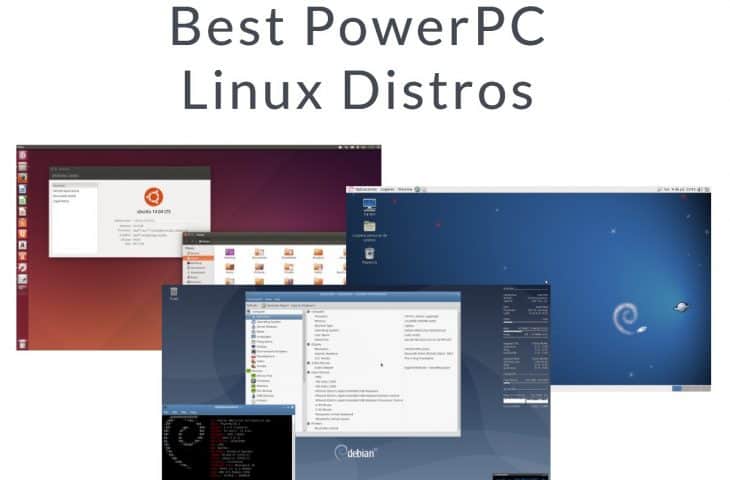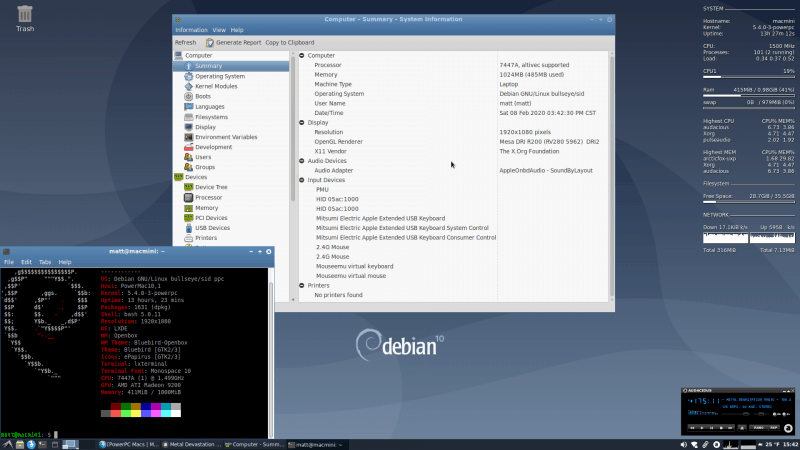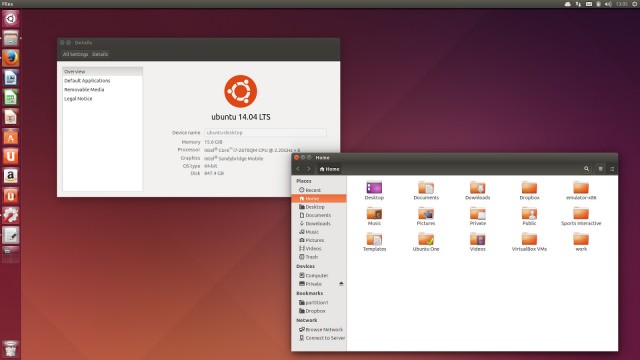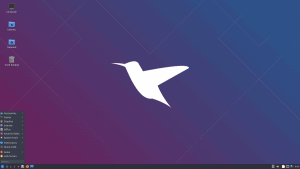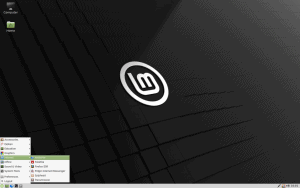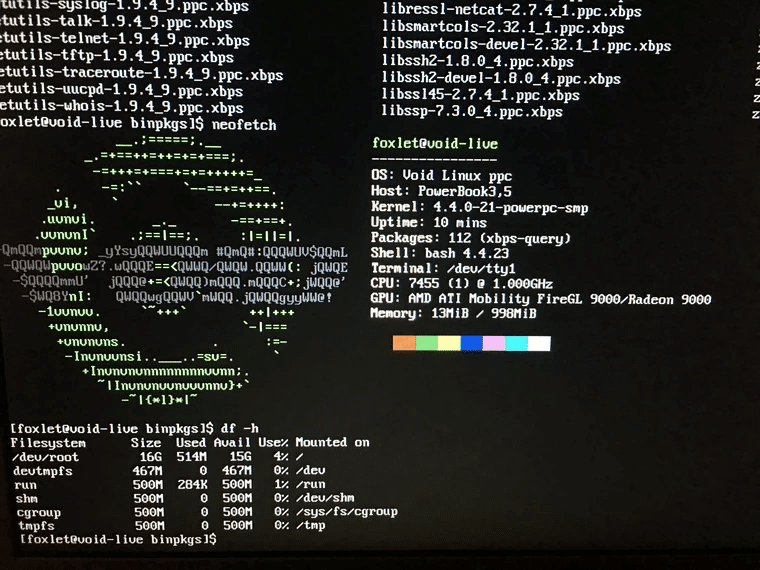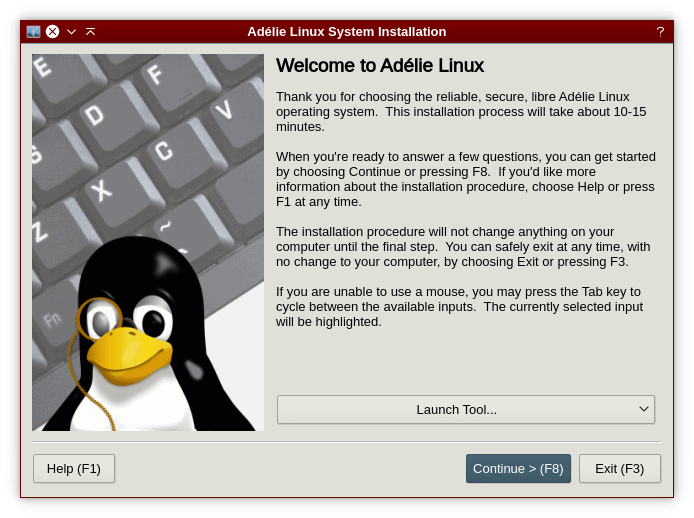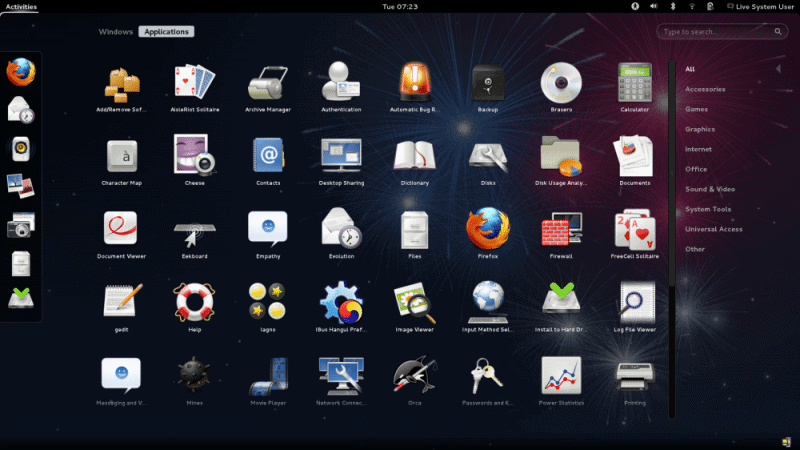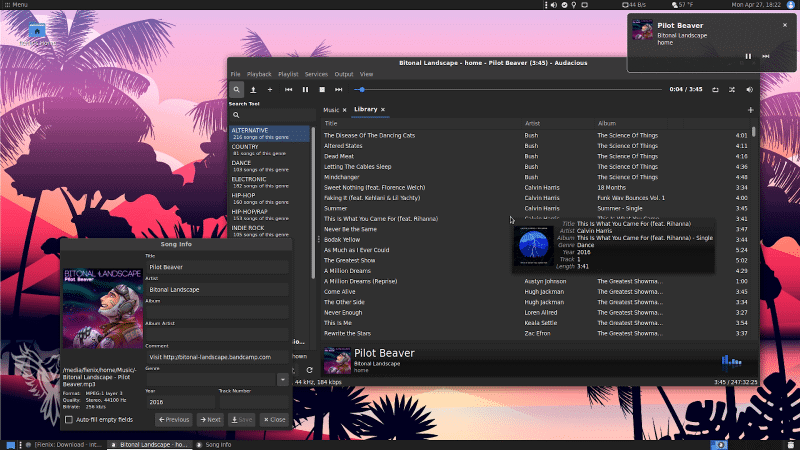- What is powerpc linux
- Debian for PowerPC
- Debian on 32-bit PowerPC (powerpc)
- Debian on 64-bit Little Endian PowerPC (ppc64el)
- Installation
- Links — Documentation
- Available Hardware for Contributors
- Contact information
- Mailing Lists
- Usenet Newsgroups
- The 10 Best PowerPC Linux Distros
- Here is our list of the Top-10 PowerPC Linux Distros:
- A Brief Background.
- Today; Why PowerPC?
- Reasons for using PowerPC today?
- Running Linux on a PowerPC?
- Disadvantages
- Advantages
- The 10 Best PowerPC Linux Distros
- 1. Debian 6.0 and 7
- 2. Debian sid
- 3. Ubuntu Linux 12.04, 14.04, and 16
- 4. Lubuntu
- 5. MintPPC
- 6. Void Linux PPC
- 7. Gentoo Linux
- 8. Adélie Linux
- 9. Fedora
- 10. Fienix
What is powerpc linux
Debian for PowerPC
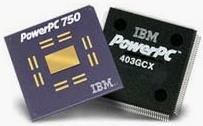
Linux for the PowerPC was first released at the 2.2.x version of the kernel. A key resource for PowerPC Linux development is penguinppc, which also includes a hardware compatibility list. PowerPC support in the Linux kernel is now developed as part of the `main’ Linux kernel at kernel.org.
The Debian PowerPC port began in 1997 at the German Linux Congress in Würzburg. A PowerPC machine (Motorola StarMax 4000, 200 MHz 604e) was donated to the Debian project. Additional information about this computer is available from the history page.
Debian on 32-bit PowerPC (powerpc)
It first became an official release architecture with Debian GNU/Linux 2.2 ( potato ) and had retained that status until the publication of Debian 9 ( stretch ). The last supported release for 32-bit PowerPC is Debian 8 ( jessie ). See the release note and installation manual for further information.
Debian on 64-bit Little Endian PowerPC (ppc64el)
Starting on the release of Debian 8 ( jessie ), ppc64el is an officially supported architecture on Debian. See the release note and installation manual.
Here you can find information about the 64-bit PowerPC Little Endian architecture.
However, note that there is also information at the ppc64el wiki page, such as installation and ABI information.
Installation
There are a variety of systems using the PowerPC microprocessor. Check our Installation pages for specific information about installing Debian/PowerPC on your system.
There are some quirks you need to know about when installing on an iBook, TiBook, or iBook2, especially when dual booting with Mac OS X. Some iBook2 hardware, especially on recently introduced models, is not well supported as yet. For specific information on potential problems and solutions, study these web pages:
Debian GNU/Linux does not officially support NuBus PowerPC machines, such as the 6100, 7100, 8100 and most of the Performa series. However, an MkLinux-based kernel is available, which can be launched from a Mac OS boot loader. A Debian system can be installed using this kernel, which is available at http://nubus-pmac.sourceforge.net/.
When upgrading from Potato to Woody or upgrading really old kernels, there is some important information you should be aware of regarding a change in keyboard coding. This could save you some time and headaches!
Links — Documentation
Up-to-date information on Linux for PowerPC is at PenguinPPC. We have an older collection of PowerPC links and a couple of pointers for Debian PowerPC developers.
Hardware specifications for Apple computers are available at AppleSpec.
More information and documentation about the POWER architecture:
Available Hardware for Contributors
Please read the list of Debian machines to access powerpc/ppc64el Debian porterboxen.
Contact information
If you need help, try asking for help in the following places:
Mailing Lists
The Debian PowerPC mailing list is the proper place for questions, suggestions for improvements, or just for chat concerning PowerPC systems running Debian. The debian-user list is also available for general Debian questions which are not specific to PowerPC.
To join the list, send e-mail to with the word «subscribe» in the Subject line. List archives are available.
Usenet Newsgroups
Linux for PowerPC Systems
Linux in general
The #debian channel on irc.debian.org is for general topics relating to Debian, and there is the #debianppc channel for topics specific to Debian on PowerPC processors. You will almost always find someone on-line who is happy to share information and help you with your problem.
To report a problem with the web site, please e-mail our publicly archived mailing list debian-www@lists.debian.org in English. For other contact information, see the Debian contact page. Web site source code is available.
Last Modified: Sat, Aug 15 01:15:32 UTC 2020 Last Built: Sun, Oct 10 03:30:15 UTC 2021
Copyright © 1997-2020 SPI and others; See license terms
Debian is a registered trademark of Software in the Public Interest, Inc.
Источник
The 10 Best PowerPC Linux Distros
Back in the 90s and early 2000s, PowerPCs were starting to show a lot of potential. Based on RISC architecture, the PowerPC 32-bit or 64-bit (ppc64) machines were great alternatives to Intel’s x86 and AMD processors. But since Apple shifted to only Intel processors, PowerPC was left alone, and support for PowerPC-based computers started to decline.
But now, the ingenuity of the Linux community along with their Linux distributions, are helping bring old G4 PowerBooks and iMac G5s back into life.
In this post, we’ll go through the 10 best PowerPC Linux Distributions, their latest working versions, and where to find them. It is time to clean that dusty PowerBook and put your Linux skills back into the table.
Here is our list of the Top-10 PowerPC Linux Distros:
- Debian 6.0 and 7 PowerPC support is not included in the current version of Debian but look for versions 6 or 7 instead.
- Debian sid This operating system is available for some editions of PowerPC.
- Ubuntu 12.04, 14.04, and 16 Go back to these earlier versions of Debian to get a PowerPC-compatible version.
- Lubuntu This lightweight version of Ubuntu is an option if you have PowerPC versions for Apple G3, G4, and G5.
- MintPPC This distro is a blend of Linux Mint and Debian sid – it was specifically designed for PowerPC.
- Void Linux ppc This operating system for PowerPC will work on POWER8 or later.
- Gentoo Linux A great choice for a PowerPC operating system because it is suitable for a wide range of PowerPC versions.
- Adélie Linux This operating system is suitable for G3, G4, and G5 versions of PowerPC.
- Fedora This widely-used distro of Linux for G3 and G4 up to release 17 and for G5 thereafter.
- Fienix The derivative of Debian was specifically written for PowerPC.
A Brief Background.
Back in the 1990s, Apple’s classic MacOS and AmigaOS were two popular Operating Systems supporting the PowerPC architecture. Running with such OSs, made PowerBooks, iBooks, and iMacs the right choice for personal and everyday computing.
Apple used PowerPC processors in its product line for about 11 years. But in 2006, Apple changed their entire new series to Intel x86. According to Steve Jobs (Apple co-founder), Intel processors provided them more performance per watt than what PowerPC processors did.
The last PowerPC-based Mac shipped and sold was the PowerMac G5 in January 2006. Now, Apple computers use Intel’s CISC processors (since 2006) for all their personal computers.
PowerPC support at the Linux kernel level was first released in the 2.2 kernel version back in 1999, and now it is still being developed as the main Linux kernel.
Back at that time, many Linux distributions were providing support for PowerPC, including Debian, Fedora, Ubuntu, OpenSUSE. And some were explicitly designed for PowerPC, such as CRUX PPC, MintPPC, Yellow Dog Linux, etc.
Today; Why PowerPC?
In 2020, PowerPC was chosen to run NASA’s Mars Perseverance and Curiosity rovers. NASA chose PowerPC RAD750, for the following reasons: First, its architecture is simple (operates at 200MHz); and second because this specific model was designed to withstand harsh conditions, more specific to radiation. The RAD750 is also used for onboard satellite computers, such as WorldView-1. PowerPCs are becoming more popular in the embedded computer market, to run workloads like AI, ML, Deep Learning, and other complex systems.
But of course, unless you are Elon Musk, you are probably not building a Mars rover or launching satellites, so why would normal people like you and me still use their old PowerPC machines?
Back in the day, PowerPCs such as G3, G4, G5s, were initially designed for everyday personal computing. A brand new G5 tower running Snow Leopard OS had no match. But those days are gone, and PowerPCs were quickly surpassed by Intel’s capacity when it came to personal computing.
But now as of 2021, people are starting to dust off their old macs and turning them into embedded machines, niche workstations, and even game consoles. There are even community-based projects such as the GNU/Linux Open Hardware PowerPC notebook project. A group of people trying to get a new PowerPC-powered back into the market. This project will be open-source and choose Linux as its OS.
Reasons for using PowerPC today?
- People want more choice on CPU architecture. They want alternatives to the popular Wintel (Windows + Intel) or AMD.
- PowerPC is an optimal alternative because it provides high-performance and it is mature.
- PowerPC is a good start for open hardware solutions.
- Older and cheaper PowerPCs can be turned into powerful embedded machines.
Running Linux on a PowerPC?
It is possible to use an old PowerPC machine; G3 G4, G5, or NewWorld mac to run with Linux. But this does not go without challenges. PowerPC is not being entirely supported by the popular Operating Systems in the market. So, many people are opting for a selective couple of Linux distributions, and OSs like Mac OS X and MorphOS.
So, what are the advantages and disadvantages of installing and using a PowerPC with Linux, today?
Disadvantages
- The CPUs of older machines may have difficulties running modern applications. Many people complain that they can’t get the entire Internet experience without the right power. For example, a PowerBook G4 running at 1.25 GHz wouldn’t be capable of providing the same user experience, as today’s Mac Pro would.
- Lack of software support for some of these machines. For example, it can be difficult and time-consuming to install drivers, such as Wifi, Ethernet, audio, etc. You may not be able to use the latest apps, or at least find it difficult to because there is no support.
Advantages
Although modern CPUs outperform the PowerPC a lot, the technology behind this architecture (RISC), makes it quite powerful for certain today’s resource-intensive tasks. Many people still use their G5s with 2.5GHz to do pretty much everything a MacPro user would.
In addition, some people are turning their older PowerPCs G4s or G5s, for more niche tasks. For example, using them only for web browsing, playing YouTube at a certain resolution, emailing, media libraries like Plex and Kodi, video encoding/transcoding, productivity software, cross-platform communications (Facebook and WhatsApp), gaming, etc.
The 10 Best PowerPC Linux Distros
Going for one distribution or the other depends on your resources and requirements. How powerful is your machine, is it G3, G4, G5? And what are you trying to accomplish?
- Debian 6.0 and 7
- Debian sid
- Ubuntu 12.04, 14.04, and 16
- Lubuntu.
- MintPPC
- VoidLinuxPPC
- Gentoo Linux
- Adélie Linux
- Fedora
- Fienix
1. Debian 6.0 and 7
Debian began PowerPC support with the introduction of the PowerPC port back in 1997. It introduced PPC (32-bit) in its release cycle. But unfortunately, Debian removed it from the release cycles and only left the PowerPC port (community support).
Debian started support for PowerPC (32-bit) in Debian 2.2 (Potato) and dropped the support in Debian 8. The last official support release for the 32-bit PowerPC is with Debian 8 (Jessie). This is why people usually install Debian 6.0 (Squeeze) and Debian 7 (Wheezy) in their PowerPC machines. Such releases are suitable for powerful PowerPC machines.
You can also install Debian on 64-bit PowerPC machines. For 64-bit OS (ppc64el) PowerPCs, Debian 8 is the first officially supported architecture.
Download Debian via HTTP/FTP images.
Install. Check the following source for installing Debian/Linux on PowerPC.
2. Debian sid
The unstable Debian distribution, known as Debian sid is one of the preferred distributions to use with PowerPCs. With Debian sid, the installation packages will propagate for testing and then be sent to a release. Bear in mind that unstable distributions do not get security updates, their installers may be unpredictable, and they could fail at any time.
Debian’s sid “PowerPC” ISO works on G3, G4, and G5s. But for more powerful machines (including 5G 64-bit machines), the ppc64 ISO works great. The Debian ppc64 port project is still active and supports the Big Endian PowerPC CPUs such as:
According to Debian: “PowerPC 970/970FX/970MP/970GX, Cell BE and PowerXCell 8i (PPE only), POWER4/4+, POWER5/5+, POWER6/6+, POWER7/7+, POWER8, POWER9, PowerPC A2, Xenon, PA6T, PowerPC e5500, PowerPC e6500.”
To learn how to install Debian sid on a PowerPC, check these tutorials from the MacRumors community, Debian sid step-by-step tutorial, or Debian Sid Remix (ppc32/ppc64).
3. Ubuntu Linux 12.04, 14.04, and 16
In February 2007, Ubuntu announced the re-classification of the support for PowerPC to unofficial, starting from Ubuntu 7.04. Since that date, PowerPC is supported by the community and only available as a port and not found via the Ubuntu mirrors.
Still, Ubuntu Linux seems to be one of the preferred distributions for running on PowerPC, especially for NewWorld Macs. It can be installed in PowerPC G3, G4, (32-bit), or G5 computers (64-bit via the live64 ISO).
- For light and up-to-date machines, Linux recommends using Ubuntu 14.04 or 16.04 LTS in light PowerPCs. In addition, Ubuntu 12.04 (Precise Pangolin) is good for PowerPC G3 or G4s under 1GHz. Ubuntu 14.04 (Trusty Tahr) also supports PowerPC and can be good for running light machines.
- For more power. As an alternative, some people are installing remixes like Ubuntu MATE remix 2017 for more powerful PowerPCs running G5s. Ubuntu 16 (the Remix version) is also good for PowerPC G4s from 1Ghz up to 1.7GHz. Ubuntu 16 is suitable for more powerful PowerPC G5 machines.
Packages: PowerPC packages can be obtained on Ubuntu’s launchpad. A quick search will return available PowerPC packages.
Installation: To learn how to install Ubuntu 20.04 “Focal Fossa” for the PowerPC, refer to this installation guide.
4. Lubuntu
Lubuntu is a lightweight and functional Linux distribution based on Ubuntu. It uses a different desktop environment known as the LXQt desktop environment instead of Ubuntu’s GNOME desktop. Lubuntu was designed to consume minimal resources which makes it a great option for PowerPCs.
Lubuntu supports PowerPC versions for Apple G3, G4, and G5. Ubuntu Linux recommends using Lubuntu with PowerPC machines with less RAM or disk space.
- Lubuntu 12.10, works on light PowerPC G4, minimum 867MHz processor and running with 640 MB of RAM.
- Lubuntu 13.04 also supports the PowerPC architecture, also requiring a minimum of 867 MHz with 640 MB RAM.
- Lubuntu 14.04 and 16.04 (the last one) also support PowerPC.
5. MintPPC
MintPPC, a distribution designed specifically for PowerPC computers, was a well-known project back in 2011. Now, it was brought back to life by developer Jeroen Diederen.
This newer distribution is based on Debian Sid (for ppc64) and lightweight Linux Mint (for the latest LXDE desktop version). MintPPC delivers a lightweight desktop environment with a visually appealing GUI.
MintPPC comes with support for both the Old World and New World Mac (32 and 64-bit) machines. It runs pretty well on old and high-end powerful Apple PPC machines, like iMacs, iBooks, blue & white G3s, PowerBooks G3s, and newer.
- 32-bits: Use debian-10.0-powerpc-NETINST-1.iso for the 32-bits Debian on G3 and G4 machines.
- 64-bits: Use debian-10.0-ppc64-NETINST-1.iso for the 64-bits Debian on G5 machines.
For installation instructions, refer to the MintPPC site.
6. Void Linux PPC
Void Linux PPC is based on the Void Linux distribution and explicitly designed for the PowerPC machines. Although this distribution does not have a GUI, it is a great option because it is lightweight and has wide support for PowerPC machines. It supports 32-bit and 64-bit (both little and big-endian modes) computers. For a comprehensive list of the package coverage and details on the support for each specific platform, refer to Void Linux’s stats page.
Void Linux PPC is suitable for powerful PowerPC machines G5. But still, it is also a good option for older PowerPC G3 or G4s processors running under 1GHz. As of April 11, 2020, void Linux PPC, released new ISO images.
These images are available in:
- Ppc64le: for POWER8+
- ppc64: for G5+
- ppc for generic variants, where GLIBC and MUSL both supported.
Download the installation live images from voidlinux-ppc.org/download/
7. Gentoo Linux
Gentoo Linux is a fast and versatile Linux distribution aimed at developers and network professionals. Gentoo is one of the best-known distributions because of its flexibility; as it can be customized for any application. This flexibility entails a downside for Gentoo. You’ll likely need to build everything from the beginning, requiring you to spend a lot of time for setup and compilation.
Gentoo Linux is one of the best PowerPC Linux distributions because of its wide support for PowerPC computers. It supports both OldWorld and NewWorld Apple machines— Power/PowerPC microprocessors (G3, G4, G5), and Macs with open firmware.
Although it can be difficult to start with Gentoo, there is a good library with PowerPC documentation on Gentoo’s site. Gentoo also provides a bootable live CD. There is currently a 32-bit PPC and a 64-bit (ppc64) architecture release.
Install: The Gentoo’s website provides fantastic documentation on how to install Gentoo/PPC64, along with a live CD for PowerMac G5s.
8. Adélie Linux
Adélie Linux is a free open-source operating system based on Linux. Adélie aims for a minimal and portable design. Its portability allows compatibility for a wide variety of machines. In fact, Adélie is one of the few Linux distributions that supports a wide range of different CPU architectures including ARM64, PPC, PPC64, PMMX, and x86 (64-bit).
For PowerPC (PPC), Adélie Linux supports 32-bit ppc and 64-bit (ppc64) releases. Adélie Linux (32-bit PowerPC) is an excellent option if you are using a PowerPC G3 processor or G4-based design under 1GHz. Of course, Adélie can also be used with G5s with (64-bit PowerPC).
Download: Adélie download is available in two builds: live and full.
Installation: The live (installation CD/USB) version is smaller (at 128MB) and can be configured to download extra packages during the installation process. You’ll need a network connection to perform a live installation. The full (live environment CD/USB) includes all packages required for offline installation. The size for a full installation is 321MB.
9. Fedora
Fedora officially released 32/64-bit PowerPC up until Fedora 12 (F12), from there, PowerPC is a secondary architecture. The last Fedora release with a 32-bit boot image was Fedora 17. After that, only 64-bit machines (G5 or newer) are supported.
Installation: Fedora 12 is good for OldWorld Macs, like PowerPC G3, G4, or later. Version 9 needs a NewWorld Mac. Fedora does not provide any documentation on installation or how to run PowerPC on the Fedora operating system. They do, however, contribute with a comprehensive Fedora PowerPC Wiki, some step-by-step guides, and Fedora PPC mailing lists.
Download Fedora 12 (ISO). Fedora 16 for ppc64 is known to work on PowerPC G5s with more than 1Gb RAM (F16 Download Mirrors.) F17 is known to work on PowerPC G5s (F17 Download Mirrors.)
10. Fienix
Fienix is a modern Linux distribution based on Debian and designed explicitly for PowerPC machines (default 64-bit kernel). The distribution focuses on the everyday usage of desktops, workstations, and notebooks and attempts to improve the user experience. Fienix is developed by Casey Cullen and supported by the community.
The Fienix disk image can be downloaded from the website. The distribution comes with its repository that allows you to choose the installation. You can connect to the repository and download anything using Synaptic.
The Fienix distribution provides unique applications and customizations. Additionally, it comes with PowerPC bug fixes and performance improvements. It is suitable for more powerful PowerPC machines, like G5s, but could also run in G4s.
Installation and download: Fienix is free but copyrighted software. It requires a minimal installation and disk image. The download is freely available on the website.
Источник
